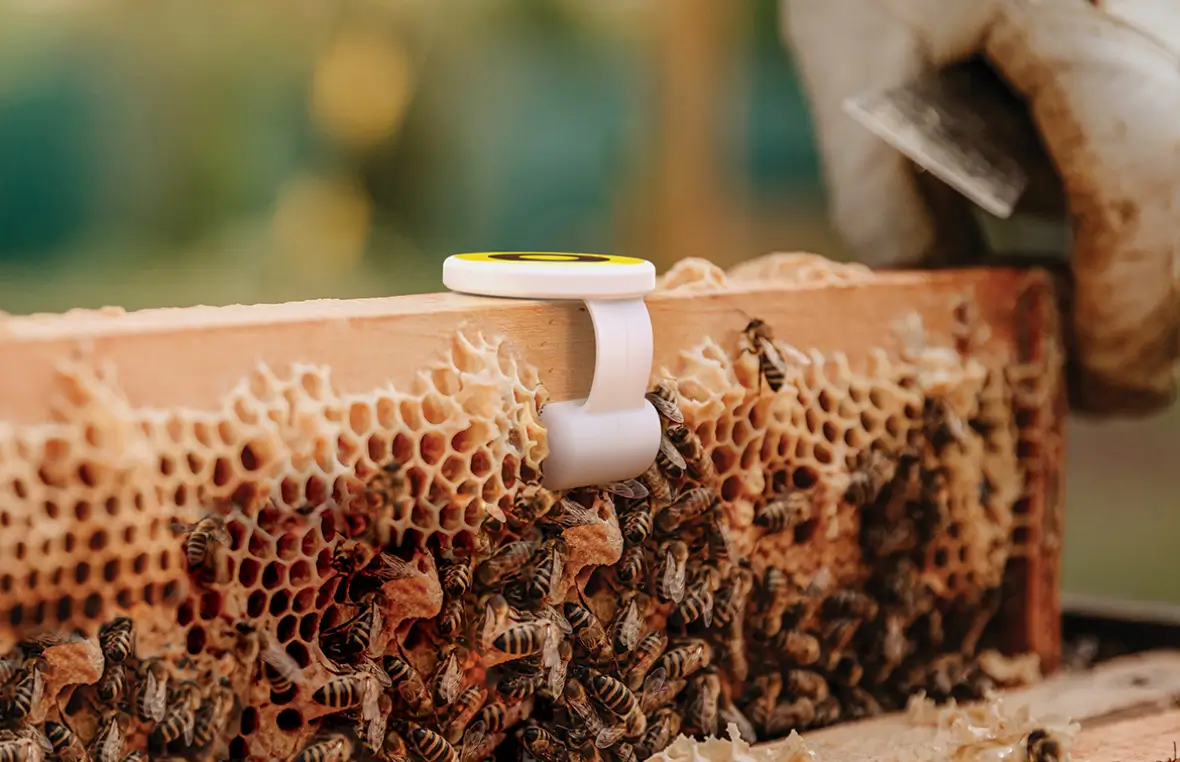Three ways cooling technology can help solve the world’s biggest problems

Image: Nicolas Barbier Garreau on Unsplash
Stay up to date:
Innovation
Cooling has become commonplace in the 21st Century in many visible and not-so-visible ways, and it has a powerful influence on our way of life. It keeps our food fresh and safe to eat; it keeps our homes and offices cool and comfortable for the time we spend indoors; and it aids in the creation and preservation of medicines people take to sustain their lives. Even the internet relies on cooling technology to keep the servers in massive datacenters from overheating.
However, 1 billion people still lack proper access to the cooling that the rest of us take for granted, and it has the potential to radically change their lives for the better. The United Nations has laid out 17 global Sustainable Development Goals (SDG’s) to end poverty, protect the planet, and ensure prosperity for all. Cooling technology, properly applied, can make a dramatic difference in three of the most critical areas: No Poverty, No Hunger, and Good Health. The result will be a huge increase in the quality of life for some of the world’s most underprivileged people and thousands of lives saved.
How does cooling technology make this happen? How can refrigeration (the cooling of products) be made available in ways that even the poorest people can access and use it to improve their lives? Let’s take a look.
Refrigeration and a sustainable cold chain hold the keys for reducing and ultimately ending extreme poverty for 836 million people around the globe. In developing countries, many people get their income from activities such as farming. A smallholder farmer, someone who grows crops primarily for food using family labour, will often lose at least 15% of his or her income due to food loss while harvesting and storing produce. Improved local cold storage facilities and better education about storage methods can significantly reduce post-harvest food losses and enable the sale of crops to markets that are further away—creating opportunities that could greatly increase the farmer’s income.
Bolstering food production would also have a positive effect on the consumer economy. Consumers in low income countries are estimated to spend 40–50% of their income on food. When food loss is reduced, food prices decrease as supply increases, helping to lift people out of poverty with increased buying power and more purchase opportunities.

Today, approximately 30% of all food is either lost or wasted along the journey from farm to fork. Even if we only slash this number by half, it means it’s possible to feed another 1 billion people—solving hunger for the vast majority of the 1.2 billion who face food insecurity today. This is entirely possible, and the key to reducing food loss and waste lies in the development of a sustainable cold chain, where the harvested food is kept cold by the farmer, in storage, at the retailer, and in transit. It is estimated that 14% of food could be saved if developing countries had the same cold chain infrastructure as developed countries.
A sustainable cold chain can also have a profound effect on water scarcity, which affects 40% of the world’s population today. The estimated amount of water used to produce food that is ultimately lost or wasted could fill Lake Geneva three times over. By implementing cold chain solutions, that water waste could be cut in half.

Access to medicine and uncontaminated food is a prerequisite for living a healthy life. Every year, 600 million people fall ill and 420,000 die due to food poisoning caused by poor refrigeration or inefficient cold chains. Meanwhile, 2 million people die from preventable diseases due to damaged or degraded vaccines that were improperly refrigerated and did not follow protocols while in transit.
Cooling technology can provide the solutions needed today to keep people healthy and save lives. Again, a smart and sustainable cold chain can ensure that a precise temperature is maintained as both food and medicine make their way from producer to consumer. Danfoss recently introduced a solution called Cool.it that uses interconnectivity between cooling systems to send alerts if an inadequate temperature is detected at any point in the cold chain—ensuring that quality standards are met.

Cooling technology can help solve the world’s biggest problems
Imagine a world with no poverty; no hunger; and healthy, happy people. That future is possible, and sustainable cooling technology plays a major role in making it a reality. Refrigeration and sustainable cold chains are not luxuries, but modern-day necessities that have the power to save lives by offering the opportunity of increased income, more food, and the means to a healthier lifestyle. If we manage to cool people and products sustainably, we will also keep the planet cool.
Don't miss any update on this topic
Create a free account and access your personalized content collection with our latest publications and analyses.
License and Republishing
World Economic Forum articles may be republished in accordance with the Creative Commons Attribution-NonCommercial-NoDerivatives 4.0 International Public License, and in accordance with our Terms of Use.
The views expressed in this article are those of the author alone and not the World Economic Forum.
Related topics:
Forum Stories newsletter
Bringing you weekly curated insights and analysis on the global issues that matter.
More on Food and WaterSee all
Pepe Puchol-Salort and Nicole Cowell
June 30, 2025
Chiara Cecchini
June 25, 2025
Zulfiqar Hamadani and Shahad Nejaim
June 25, 2025
Noopur Desai and Carrie Zhang
June 25, 2025
Valeria Kogan
June 24, 2025






